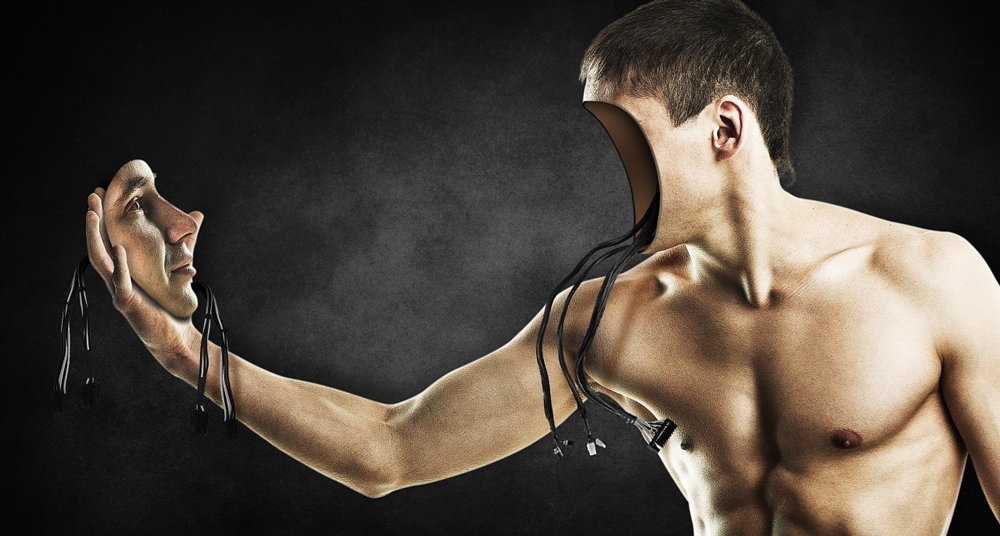
How can you get robots (machines) to behave like humans?
Neural networks and deep learning, which represents the next evolution of machine learning, learn from the data and make decisions based on their learning.
Kelzal, a start-up based in San Diego, announced its strategy for a new product line called Ultra-Low Power and Ultra-Fast Perception Appliances. Kelzal is involved in developing technologies based on third generation Neural networks and vision sensors.
Artificial Intelligence (AI) engineers at Kelzal integrate camera sensors with CNN (Convolutional Neural Networks) to achieve perception solutions that are capable of identifying and classifying objects like people and vehicles. Applications like this resemble human behavior and leverage the artificial intelligence industry to another level.
However, it’s easier said than done. To execute the applications in AI, the system requires high power expensive GPUs. Kelzel claims to be offering fast low power perception for events-based vision devices with third generation neural networks, suitable for applications like mobile robots and surveillance applications.
Increasing needs from sensors, autonomous vehicle industries and surveillance systems require greater shrewdness as contemporary frame-based perception can’t rely on inordinate power and computing capabilities.
“These are things that are hard to do with current recognition systems,” said Olivier Coenen, CTO, Founder & Interim CEO, Kelzal. “Scenes with a lot of similar movement or difficult lighting, and the ability to discern between objects are common hurdles. These challenges are holding back advancements in entire industries.”
There’s not just one AI model for an autonomous vehicle drives in the market. Specially designed deep learning models are aimed to specialize in street signs and recognizing pedestrians. Millions of people are notified when the car navigates down the road. Waze, developed by Google, is one of the examples of the AI model used in order to notify people navigating along the same road.
Kelzal is backed by $3 million from a financing syndicate led by Motus Ventures, a seed venture capital fund and business accelerator focusing on innovation in the Internet of Things (IoT) and transportation sector.
The company claims that its new technology Ultra-FAST Perception Appliance, with object recognition and classification capabilities within few milliseconds, is fast enough to detect and track a speeding bullet and is ideal for enabling autonomous vehicles and robots.
Kelzal’s other innovation, the Ultra-Low Power Perception Appliance, is believed to be used for surveillance, and retail automation and analysis as it is able to run on a single battery with great speed and accuracy.
“Accuracy and response times are critical for the AI solutions that are redefining businesses in these industries,” said Jim DiSanto, Executive Chairman, Kelzal and Managing Partner, Motus Ventures. “For those applications requiring fast, accurate, and energy efficient visual perception, Kelzal’s Perception Appliances will enable true edge intelligence without data centre compute power.”
The technology invented by Kelzal is an “event-based” sensor that tracks change in a scene to assess a situation for critical imaging. The appliances allow for rapid decision making at 100x the frame rate of a camera, while transmitting less data and consuming exponentially less power.
Third generation Neural Networks come from the research labs that attempt to reveal how neurons and synapses collaborate within brain.
The company said that they have AI systems that mimic the human brain and process visual data within milliseconds. Innovations like this shows the true potential of neural networks and deep learning.
Edited by
Ken Briodagh





